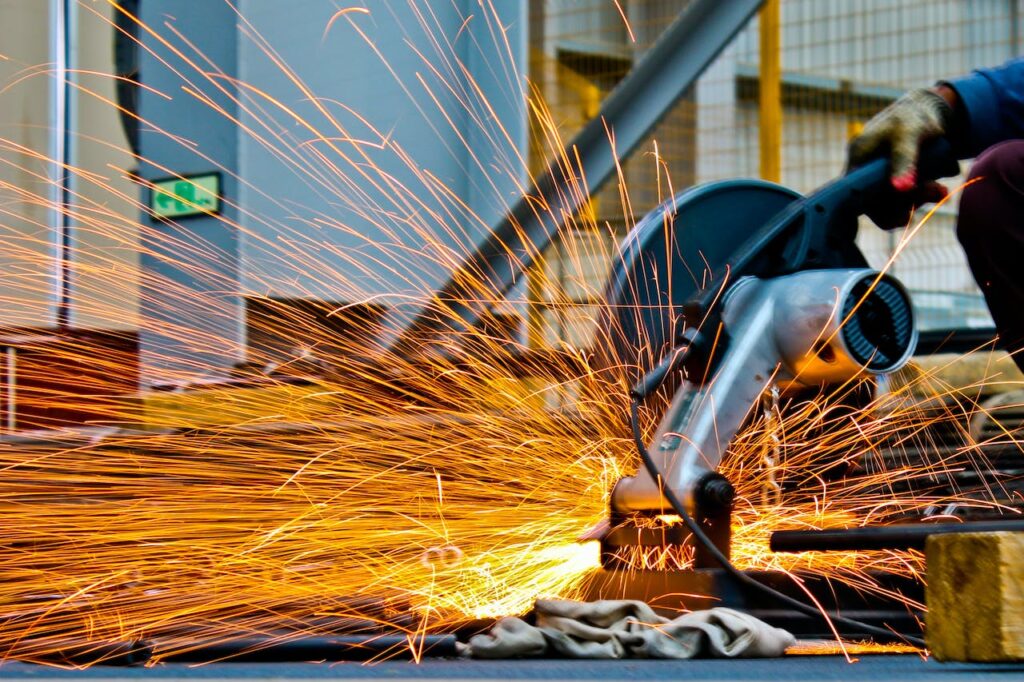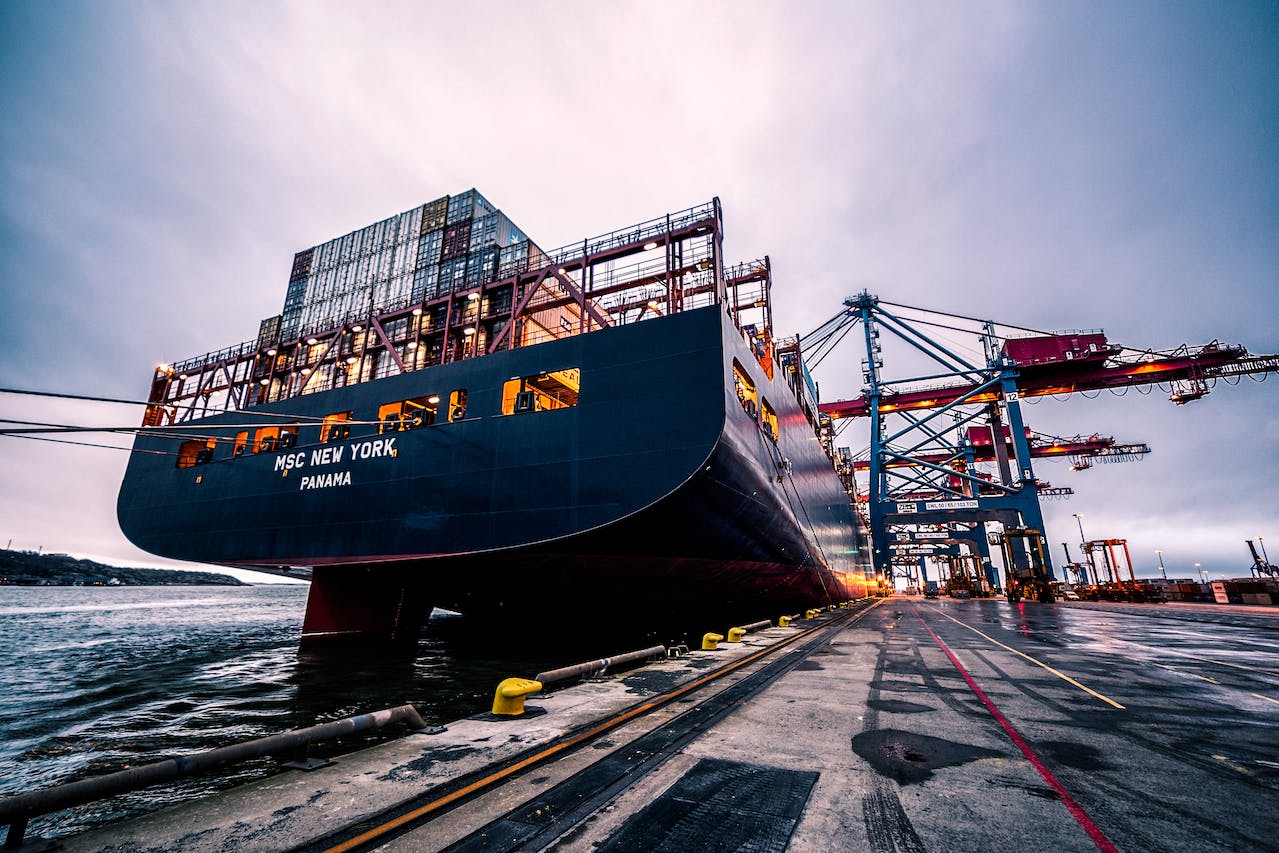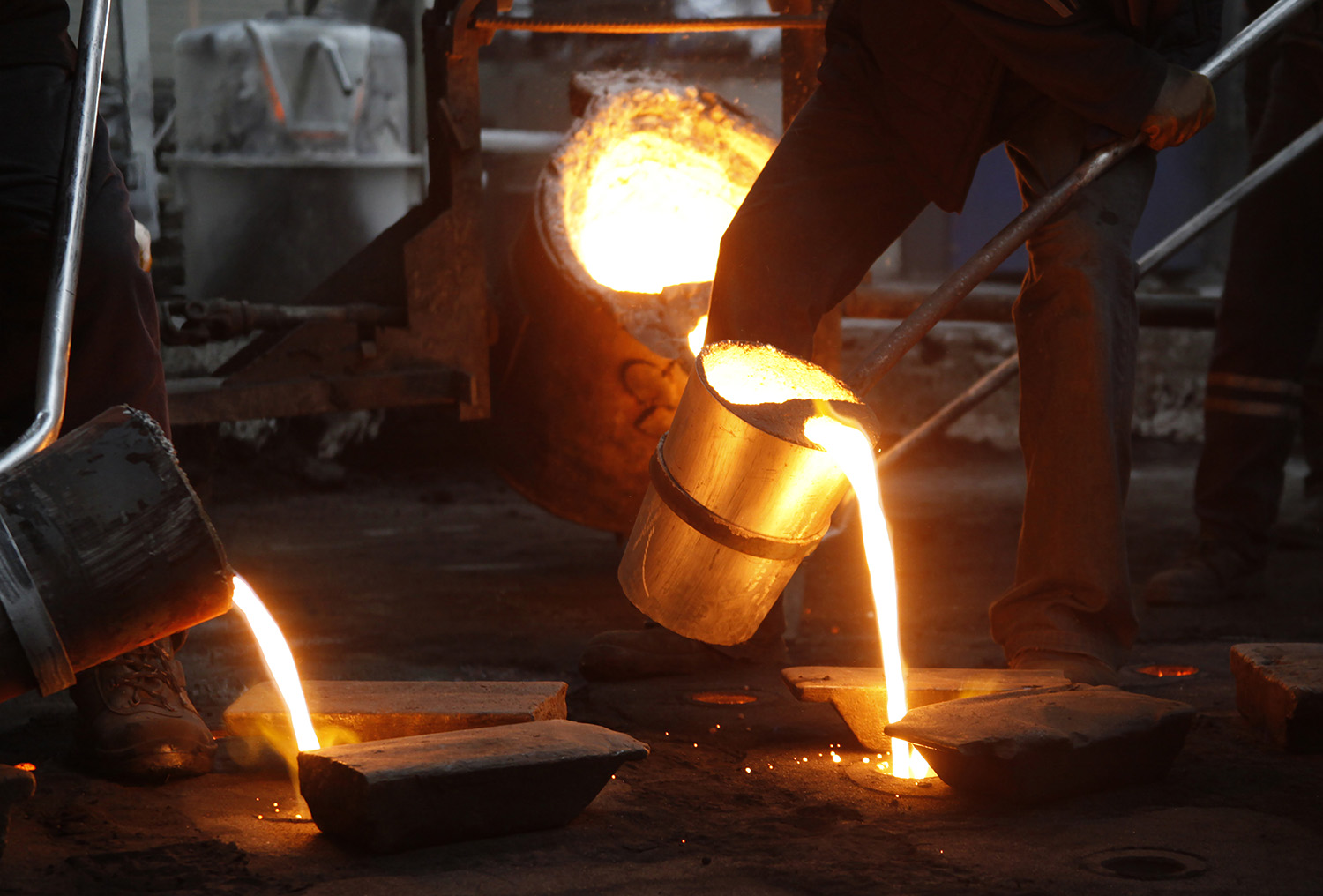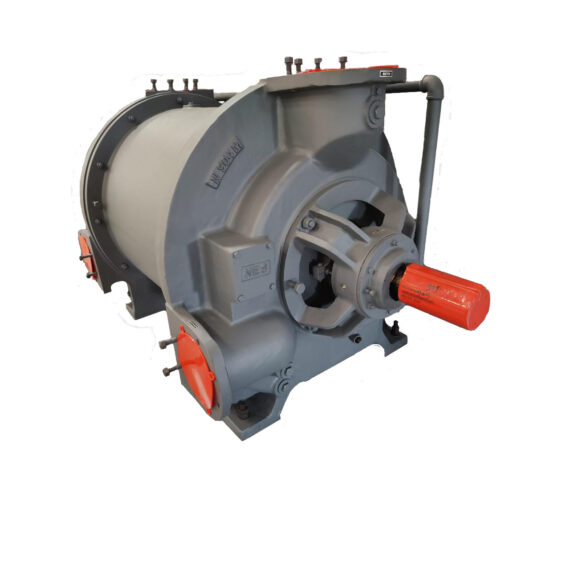
The NES Perspective: Steels and Metals
Steelmaking and metal refining rely on intense heat, precise chemistry, and advanced pressure control – from coke and ore to casting and treatment, the industry shifts closer to greener methods, yet vacuum and pressure systems remain vital to the process that holds up today’s society.
- Furnaces
- Aeration
- Degassing
- Heat Treatment
- Vacuum Induction Melting
- Distillation
View our Products
Metal refining and steelmaking entail some of the most energy-intensive industrial processes in the modern world. Pinpoint control over heat, pressure, and chemical reaction is required to uphold the meticulously comprehensive standards of the industry. Through the use of specialized techniques, steel mills do not just meet the requirements: they continuously evolve.
Steel is an alloy of many ingredients, from boron to manganese. Of these, the most essential after iron is carbon. This comes in the form of metallurgical coke. To start, raw coal of specific grade (like bituminous coal) is charged in blast furnaces. The raw coal is pulverized and fluidized using high-capacity blowers to ensure an even feed rate with consistent combustion characteristics. The coal is heated in the absence of air (pyrolysis) to concentrate the carbon content and yield hard, porous coke.
Iron is not found pure in its natural state – it is far more likely that iron oxide has been mined. The coke and iron ore are charged into a blast furnace (BF) with limestone. Large amounts of hot, high-pressure air are blown through tuyeres at the bottom of the furnace. Coke combusts to generate intense heat and carbon monoxide, which in turn reduces iron oxide into pure iron. The limestone decomposes under the intense heat into calcium oxide, which likes to cling to the impurities and generate easily removable liquid slag. Although the procedure purifies the newly made pig iron, this metal is still far from the industrial grades of steel in such vast demand.

Since carbon content defines the difference between the vast variance of metals and alloys, this is taken care of first. Pig iron has around 4% carbon content, and our steels can come at a fraction of a percent. A Basic Oxygen Furnace (BOF) injects oxygen at supersonic speeds through molten pig iron, forming carbon monoxide and carbon dioxide.
This is a carefully calculated process that is tailor-made to the steel that needs to be produced. The actual procedure takes up to 20 minutes a batch, but the planning is arduous. Once the pig iron has been fully oxidized to the specified carbon content, it has become steel. Depending on the type of steel, secondary metallurgy (ladle refining) may be required.
The molten steel is transferred to a ladle (large transport container for molten steel). The steel’s chemical composition is adjusted to meet the standards of the specific steel. At this point, most alloying elements are added. This includes chromium, aluminum, manganese, and other elements whose inclusion and measured amounts in the steel define the type of steel that is produced. The ladle is evacuated, and an inert gas blanket may be introduced. The evacuation degasses the steel, drawing out dissolved gaseous impurities like hydrogen and nitrogen that form voids in the solidified steel, making it more brittle and less malleable. The inert gas blanket keeps atmospheric leakage away from the steel to prevent further dissolving. At this point, the molten steel is now up to half the stringent requirements of the industry.
The molten steel is continuously cast into various forms, from blooms to billets. They are shaped, formed, and rolled as they cool, locking internal stresses within the crystalline structure of the metal. Now, they are of the right chemical composition and form, but not the right structure. This is where heat treatment enters the stage.
Heat treatment is used to release the internal stresses and add further desirable traits. This is a broad term that encompasses bright annealing, carburizing, quenching, and aging. The steel is charged into a furnace and vacuum is pulled. The steel is heated to a soft solid state and vacuum is pulled. In the case that gasses have dissolved into the steel as it cooled, they are pulled out once again. The softening of the metal allows the crystal structure to reform into its correct position, enhancing the physical characteristics of the steel. The presence of vacuum is what gives stainless steel its characteristic shine.
Depending on the heat treatment, softened steel parts may be joined together; vacuum is even more important in this case. Joining these steel parts in regular atmosphere allows for all atmospheric elements to dissolve into the metal. This includes the aforementioned void-forming hydrogen, nitrogen, and oxygen, but even more disruptive is the atmospheric carbon content that can make microscopic segments of the steel have enough carbon content to be more like pig iron once again: brittle, unyielding, and unmalleable. An inert gas blanket may be maintained in the vacuum furnace just to guarantee that this does not occur.

Aerospace alloys and other precision equipment require extreme purity. This is achieved before casting and heat treatment as the final touch to the chemical composition of the steel. One process is vacuum induction melting (VIM), which uses electromagnetic induction to melt the metal in a deeply evacuated crucible. From here, the molten metal may even undergo vacuum distillation to vaporize impurities and trace contaminants. These steps simplify the removal of reactive metals like titanium and nickel, which are easy to recycle. After a long and meticulous journey, the incredibly high-quality metal has been completed.
But there are a few issues: with the Blast Furnace – Basic Oxygen Furnace (BF-BOF) method so globalized, steelmaking alone makes up 7% of our world’s emissions. Different methods have been developed based on different opinions on BF-BOF; some believe that optimizations can be made to it, while others think it is time to look elsewhere entirely. It took the Direct-Reduced Iron – Electric Arc Furnace (DRI-EAF) process over a century from experimentation to commercial success, but it surely took the world by storm.
The EAF came first with good news and bad news. It requires no coke or limestone and thus is quicker, less resource-intensive, more energy-efficient, and much more environmentally friendly. However, the current process is only so scalable compared to the massive blast furnaces, and only high-purity iron or recycled steel can be effectively processed in the furnace. Without any reduction, all the EAF is doing is melting. There is plenty of scrap to recycle, but how might we supply the furnace with high purity iron for new steel without making the EAF a redundant process?
Direct reduction of iron is a process that describes itself from a chemical perspective. Iron ore pellets are loaded into the top of a vertical shaft furnace as natural gas (NG DRI-EAF) or hydrogen (H2 DRI-EAF) are blown from the bottom up. The temperature in DRI processing is only a fraction of that in a blast furnace because it only needs to facilitate reaction rates and diffuse gasses quickly. The iron is still a solid but because of its porosity and temperature, the gas easily penetrates the outer oxide layer, converting the pellet to about 0.1-2% carbon content as compared to pig iron’s 4%.
Natural gas DRI entails the use of natural gas as the reductant for the iron ore. NG mainly consists of methane, which can be reformed via steam (SMR) or partial oxidation. Methane reforming turns methane into carbon monoxide and hydrogen gas, creating syngas. Both of these products are pre-heated and reduce iron oxides into pure iron with the byproducts of carbon dioxide and water respectively. These byproducts are scrubbed and removed; any unreacted reductants that have made their way through the removal process are cooled and recycled through the vertical shaft furnace. It can generally be stated that NG-DRI produces about half the carbon emissions as compared to BF-BOF, but this is not the greenest that steel can be.
Hydrogen DRI calls for the use of hydrogen gas as the sole reductant for iron ore. The only byproduct of the reduction reaction is water vapor, making this the cleanest steelmaking route currently available. However, there is one issue: DRI is meant for EAF, and both of them take power.
Blast Furnace–Basic Oxygen Furnace vs. Direct Reduced Iron Usage
| Consideration | Blast Furnace – Basic Oxygen Furnace (BF–BOF) | Direct Reduced (DRI) |
|---|---|---|
| Product | Pig Iron (4% C) | Direct Reduced Iron (0.1–2% C) |
| Steelmaking | Needs extreme refining | Much closer in carbon content (less processing, cuts costs and emissions) |
| Production scale | Extremely high | Smaller scale |
| Infrastructure | Supported by decades of expansion in BF–BOF | Newer technology; requires investment/globalization |
| Ore quality | Can use low-grade ore | Requires ore with higher iron content |
| Emissions | Consistent cause for concern | Typically at least half of BF methods |
When discussing the power requirements for each process, the considerations are near endless. Power sourcing methods, regional advantages and demerits, the ever-changing geopolitical landscape – the ways that countries power their industries are vastly different and change with each era. As of now, we see some countries flourishing with H2-DRI-EAF, while others encounter much success with focused decarbonization.
While industries turn to decarbonization and optimization of existing BF-BOF facilities, all wait for the hope that draws closer with each advancement in research and technology: the hope that natural gas or hydrogen gas would be accessible enough for all nations to turn to the greener choice. NES Company stands by that hope, faithfully supplying vacuum solutions for a greener today and a greater tomorrow.



